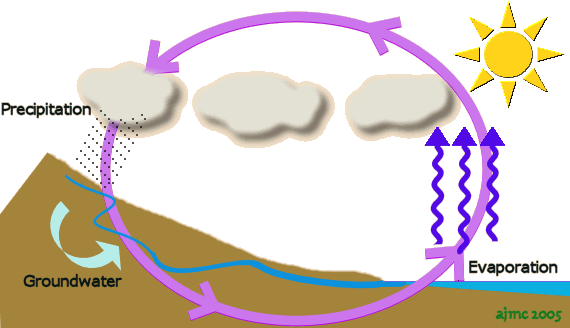Photographer David Doubilet introduces the glamour slugs of the sea. Read more
Welcome!
THE SITE POSTS POPULAR ARTICLES, ESSAYS AND OTHER USEFUL INFORMATION ABOUT WATER AS A UNIQUE NATURAL RESOURCE.


World Water Day: Why business needs to worry
Monday is World Water Day, but I suspect relatively few will have noticed.
“Global water
requirements … will be 40%
greater than what can currently
be sustainably supplied”
While the world is rightly moving to address the challenges presented by climate change and depleting supplies of fossil fuels, the same awareness and consensus does not exist when it comes to addressing our usage of water. Yet the harsh fact is that we will probably run out of water long before we run out of fuel. Read more
Facts and figures about pollution and degradation of water quality
Despite improvements in some regions, water pollution is on the rise globally. More than 80% of sewage in developing countries is discharged untreated, polluting rivers, lakes and coastal areas.
Many industries – some of them known to be heavily polluting (such as leather and chemicals) – are moving from high-income countries to emerging market economies. Read more
Did you know…? Facts and figures about the hydrological cycle
The Earth’s hydrological cycle is the global mechanism that transfers water from the oceans to the surface and from the surface, or subsurface environments, and plants to the atmosphere that surrounds our planet.
The principal natural component processes of the hydrological cycle are: precipitation, infiltration, runoff, evaporation and transpiration.
Human activities (settlements, industry, and agricultural developments) can disturb the components of the natural cycle through land use diversions and the use, reuse and discharge of wastes into the natural surface water and groundwater pathways. Read more
Did you know…? Facts and figures about water and health (part 2)
Global under-five mortality has fallen from 93 per 1,000 live births in 1990 to 72 per 1,000 in 2005 – a decline of 22.5% – but the pace of progress has been uneven across regions and countries. The decline has been slowest in sub-Saharan Africa.
Malnutrition accounts for about a third of the disease burden in low- and middle income countries.
Lack of access to adequate, safe food, partly related to water resources management, is one cause of malnutrition, but up to 50% of malnutrition is related to repeated diarrhea or intestinal nematode infections as a result of unclean water, inadequate sanitation or poor hygiene. Read more










